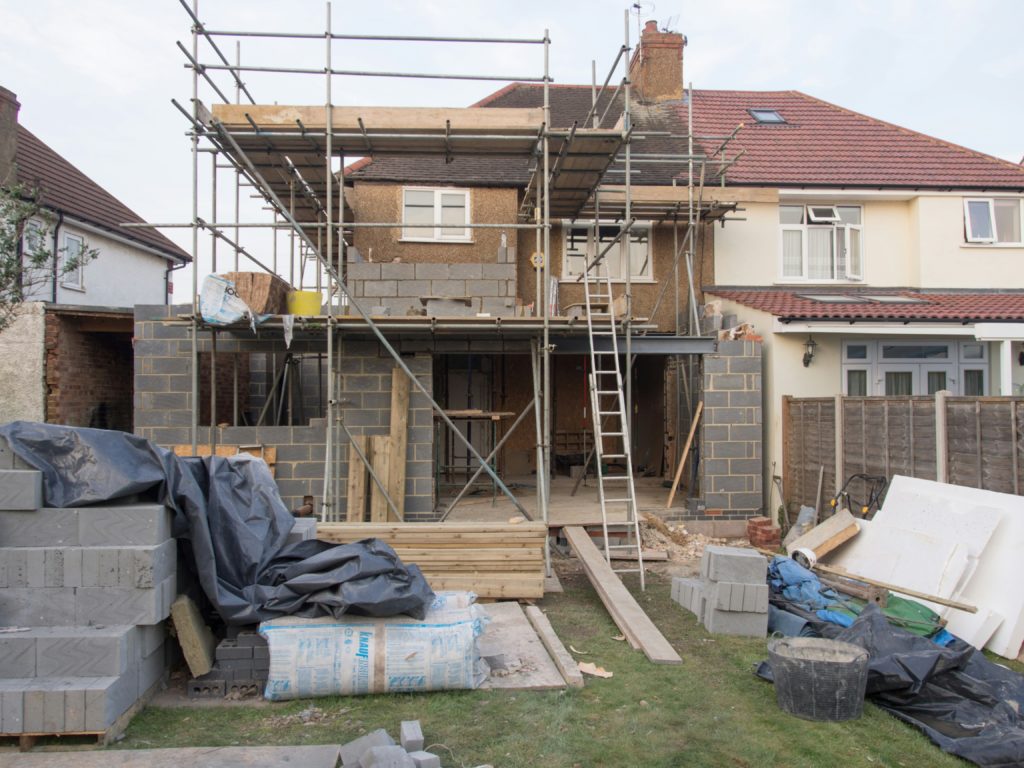Commercial Feature
The Impact of Technology and Innovation on Renovation Costs

In the dynamic world of house renovations, cutting-edge technology and innovation have brought about a seismic shift. Understanding how these technological advancements impact renovation costs is crucial for homeowners and industry professionals alike. This article delves into the intricate interplay between emerging technologies in building and smart home innovations and their influence on the financial aspects of home renovations. Our focus is on providing advanced users with in-depth insights and practical takeaways. Whether it’s weighing the costs of next-generation building materials against traditional options or integrating state-of-the-art smart home systems, we aim to arm you with knowledge that translates into wise financial decisions. By the end of this article, you’ll understand how to leverage these technologies for cost-effective and future-proof renovations.
Technological Advancements in Building Materials and Methods
In the realm of house renovations, the impact of technological advancements on house renovation costs cannot be overstated. As we delve into this aspect, it’s essential to understand how new building materials and innovative construction methods are reshaping cost structures.
Advanced Building Materials:
Introducing materials like aerogel insulation or self-healing concrete presents a paradigm shift. While these materials may have a higher initial cost, they offer long-term savings through enhanced durability and energy efficiency. For instance, high-performance insulation can drastically reduce heating and cooling costs, a factor that needs to be considered when evaluating the overall house renovation cost.
Innovative Construction Methods:
The construction industry has seen a significant shift with the adoption of methods such as modular construction and 3D printing. These techniques expedite the building process and reduce labor costs and waste. Modular construction, where sections of a building are prefabricated off-site, offers a cost-effective solution that can significantly lower the total house renovation cost.
Balancing Upfront Costs and Long-Term Savings:
For those considering renovations, weighing the upfront investment against long-term benefits is crucial. While newer technologies may seem expensive initially, their efficiency, durability, and energy-saving properties can lead to substantial cost savings over time.
Key Takeaways:
- New materials and methods offer challenges and opportunities in managing house renovation costs.
- Evaluate the long-term financial benefits against the initial investment.
- Embrace these advancements not just for their novelty, but for their potential to revolutionize how we approach renovations.
In conclusion, as we continue to witness rapid technological advancements, staying informed and adaptable is key to managing house renovation costs effectively.
Smart Home Technology and Renovation
Integrating smart home technology into renovations is no longer a futuristic concept; it’s a present-day reality that significantly impacts house renovation projects. This section focuses on how innovative technology is reshaping the renovation landscape in terms of functionality and cost.
Integrating Smart Technology:
Incorporating smart home systems, like automated lighting, heating, and security systems, has become increasingly popular. These systems offer convenience and security and enhance energy efficiency, which can lead to long-term savings. For instance, smart thermostats can adjust the temperature based on your routine, potentially reducing heating and cooling costs.
Cost Implications:
While the initial setup of smart home technology can be costly, it’s important to consider the long-term benefits. Improved energy efficiency can lead to lower utility bills, and enhanced security features can reduce insurance premiums. Additionally, incorporating these technologies can increase the property’s market value, making it a worthwhile investment.
Choosing the Right Technology:
Selecting the appropriate smart technology for your renovation requires balancing cost, functionality, and future-proofing your home. It’s essential to research and invest in scalable systems, compatible with other devices, and have a proven track record of reliability.
Key Takeaways:
- Smart home technology is an investment that can enhance both the functionality and value of a renovated property.
- The initial cost should be weighed against potential long-term savings and increased property value.
- Careful selection and integration of smart technology are key to maximizing the benefits of a house renovation.
In conclusion, as smart home technology evolves, its integration into house renovations becomes increasingly important. Understanding the cost implications and its benefits can help homeowners make informed decisions about their renovation projects.
Conclusion: Navigating the Future of House Renovations with Technology
As we conclude, it’s clear that the intersection of technology and house renovation presents both exciting opportunities and challenges. Advanced building materials and methods, alongside smart home technology, are revolutionizing how we approach renovations. These advancements offer the potential for significant cost savings, improved efficiency, and enhanced living experiences. However, they also require careful consideration of initial investments against long-term benefits.
For homeowners and professionals, staying informed about these technological trends is essential. Adopting a strategic approach to renovations, one that balances cost, functionality, and future readiness, is key to maximizing the benefits of these innovations. As we move forward, the impact of technology on house renovations will only grow, making it an exciting field to watch and adapt to.
In essence, the future of house renovations is being reshaped by technology, and those who embrace this change with informed decision-making will be best positioned to benefit from it.
 News / Cambridge academics vote to keep controversial forced retirement policy24 July 2024
News / Cambridge academics vote to keep controversial forced retirement policy24 July 2024 News / Cambridge courses need ‘structural changes’ to tackle excessive workload, report finds23 July 2024
News / Cambridge courses need ‘structural changes’ to tackle excessive workload, report finds23 July 2024 News / Cambridge students to dismantle pro-Palestine encampment, following university agreement24 July 2024
News / Cambridge students to dismantle pro-Palestine encampment, following university agreement24 July 2024 News / Cambridge student jailed for planned M25 disruption18 July 2024
News / Cambridge student jailed for planned M25 disruption18 July 2024 Lifestyle / Self-dating in Cambridge26 July 2024
Lifestyle / Self-dating in Cambridge26 July 2024
Sponsored Links
Partner Links




